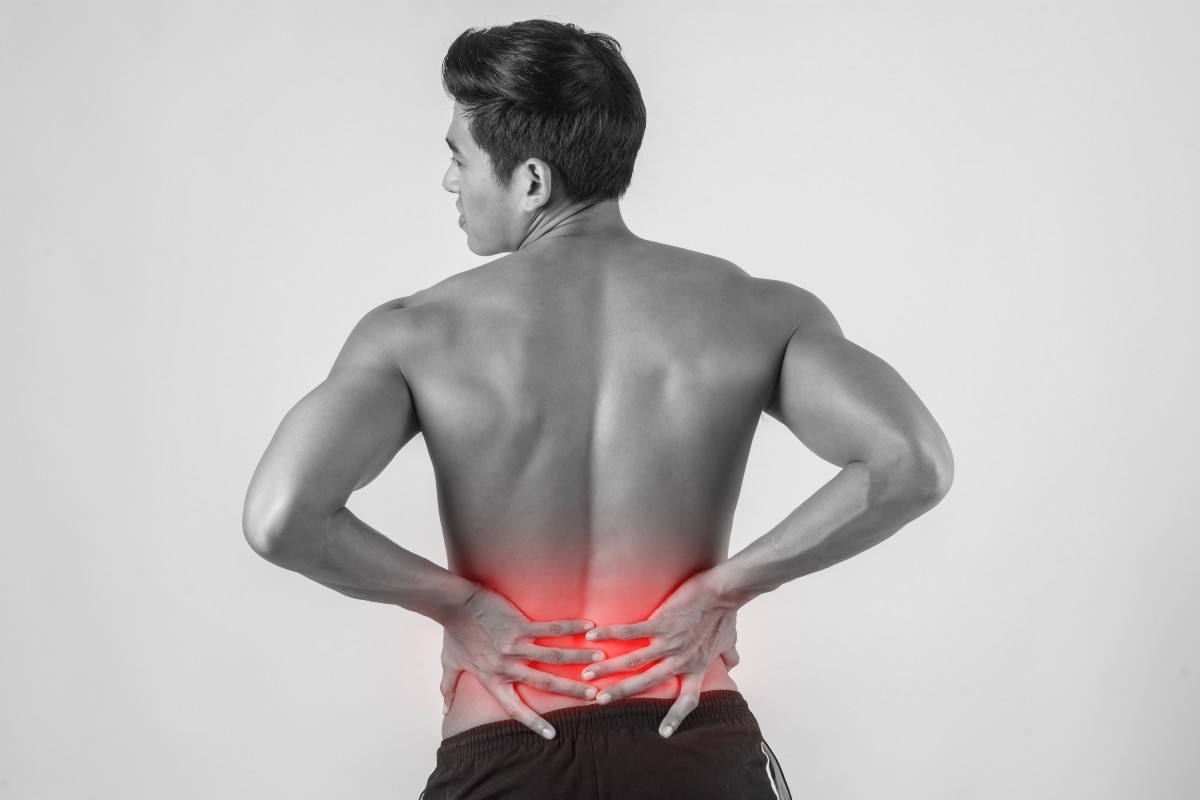
This article was published on: 02/16/23 5:50 AM
The transversus abdominis is the deepest layer of abdominal muscle of your body and is also known as the transverse abdominis. It is located below the internal and external obliques and rectus abdominis and extends from the pelvis to the lower ribs. Generally, the transversus abdominis stays horizontally around your abdomen, similar to a corset. For more information, the transversus abdominis is also known as the body’s natural corset muscle.
You will find that it’s the only abdominal muscle in your body in which the muscle fibers run side to side, rather than vertically or horizontally.
The transversus abdominis has an important role in your everyday movements to protect and stabilize the spine. From walking around the house to spiking a volleyball, your transversus abdominis muscle is always ready to protect your spine.
Besides that, it helps you in maintaining normal abdominal wall tension and increases intra-abdominal pressure, which supports your internal organs and viscera and aid expulsive forces that include forced expiration, late stages of childbirth, urination, and defecation.
It plays a major role in your daily type of activities, if you have a strong transversus abdominis then it will help you to protect from injury to your spine and muscles around the transversus abdominis.
What is back pain?
Nowadays, back pain is a common problem that occurs easily to people, which compelled people to seek medical help.
It may occur because of some injury, medical conditions, or some activities. There is no age limit for back pain, for different reasons it may people may experience who are above fifty. As people grow to older age, the chance of experiencing lower back pain increases, the reason behind that includes previous occupation and degenerative disk disease.
The muscles in the lower back, the spinal cord and nerves, the discs between the vertebrae, the bony lumbar spine, the abdominal and pelvic internal organs, and the skin-covered lumber region can all cause lower back pain.
Upper back pain can be caused by aortic anomalies, as well as tumors in the chest and spine.
What are the causes of back pain?
Osteoporosis a type of abnormality with the spine can lead to back pain.
The back of a human is a mixture of a complex structure of muscles, ligaments, tendons, disks, as well as bones, which perform together to support the body and allow you to move around.
The discs, which resemble cartilage, act as cushions between the segments of the spine.
You may suffer irregularities with any of these components, resulting in back pain. Some cases of back pain are beyond the reach of healthcare providers. Common causes of injury include strain, medical disorders, and bad posture, among others.
Strain
Strain, tension, or injury are common causes of back pain. The following are some of the most prevalent causes of back pain such as strained muscles or ligaments, damaged disks, a muscle spasm, muscle tension, making an abrupt and awkward movement, injuries, fractures, or falls, lifting something heavy in the wrong position, or lifting something too heavy.
Structural problems
A multitude of structural abnormalities can cause back discomfort.
Kidney stones or kidney infections can cause back pain.
Sciatica: A herniated or bulging disc impinges on a nerve, resulting in severe, shooting pain that radiates down the buttock and the back of the leg.
Every vertebra in the spine is cushioned by discs, which can rupture. Back pain will arise from increased pressure on a nerve if the disc ruptures.
Osteoarthritis, a kind of arthritis, can lead to issues with the hips, lower back, and other joints. The area surrounding the spinal cord may occasionally become smaller. Spinal stenosis is what this is.
Back pain may occur from an atypical spine curve. Scoliosis, in which the spine curves to the side, serves as an illustration.
Movement and posture
While sitting adopting a bad or improper position when you are using computers in the office or at home may increase the chance of back and shoulder problems for a long time.
Back pain can also cause by some everyday activities or poor posture, some conditions include sleeping on a mattress that does not maintain the body’s alignment and support the spine, coughing or sneezing, muscle tension, uncomfortably bending, over-stretching, dragging, lifting, carrying, or pushing something, twisting, lengthy standing or sitting, driving for a long route without having any break.
Some medical condition can also increase the chance of back pain:
Cauda equina syndrome: At the base of the spinal cord, there is a group of spinal nerve roots known as the cauda equina. Numbness in the buttocks, genitalia and thighs are additional symptoms along with a dull discomfort in the lower back and upper buttocks. Bowel and bladder functions can occasionally get disturbed.
Spinal cancer: Back discomfort may be caused by a tumor on the spine pressing against a nerve.
Spinal infection: A fever and a sore, warm spot on the back may be symptoms of a spinal infection.
Back pain can also result from other diseases, such as pelvic inflammatory disease, bladder infections, or kidney infections.
Sleep disorders: Compared to other people, those with sleep disorders are more prone to experience back discomfort.
Shingles: This is a type of bacteria that infects that can affect your nerves that may lead to back pain. And it all depends on which nerves are affected.